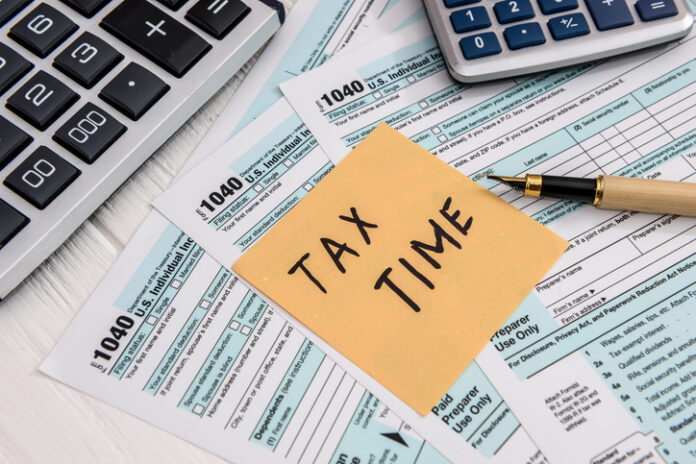Well, I have some. Or, more correctly, Grover Norquist, president of Americans for Tax Reform, has some good news.
It has been true for some time now that eight U.S. states have no personal income tax. Those states, from west to east, are Alaska, Washington, Nevada, Wyoming, South Dakota, Texas, Tennessee and Florida.
But now, as Norquist points out in a recent article in The Wall Street Journal, 10 other state governments are moving toward a zero income tax. Ten!
Here are some examples.
New Hampshire, which doesn’t tax income, is phasing out taxes on dividends and interest over five years. Louisiana will reduce income taxes to zero by 2034. Mississippi’s House of Representatives recently voted 96 to 12 to reduce income taxes to zero. And the Arizona legislature passed a bill to reduce the personal income tax rate to 2.5 percent by 2025.
In North Carolina, the personal income tax rate, which was 7.75 percent in 2013, will fall to 3.99 percent by 2027. In Iowa, where the top personal income tax rate is a whopping 8.53 percent and kicks in at taxable income above $78,435, Governor Kim Reynolds plans to reduce the rate to 4 percent over four years.
Why is this happening now? One reason is that the 2017 Trump tax cut limited the deductibility of state and local taxes (SALT). That meant that high-income people in high-tax states felt almost the whole brunt of those increased taxes. Those individuals have an incentive to look around for states whose governments will take less of their income. And states have an incentive to compete for residents, especially productive, high-income residents.
Another reason, ironically, is the silver lining in the Covid lockdowns. Millions of people, employees and employers alike, learned that we didn’t need to be as tethered to a physical location as we had previously thought. That makes both employers and employees physically mobile.
Where are they going to move? To California, where the top personal income tax rate is 12.3 percent? Even for single people making only $61,214 the top tax rate is 9.3 percent.
To New York, which, as Norquist points out, is the only state to increase its income tax rate during the pandemic? The top tax rate there will soon be 10.9 percent. Not bloody likely.
Rather, workers will tend to move to states like Texas and Florida, which have no income tax. And state governments in North Carolina, Mississippi, Arizona and Louisiana, among others, want some of that action.
Competition works, and that includes tax competition.
Originally published by Institute for Policy Innovation. Republished with permission.












[…] post Tax Competition Between States: How Low Will Tax Rates Go? appeared first on Heartland Daily […]